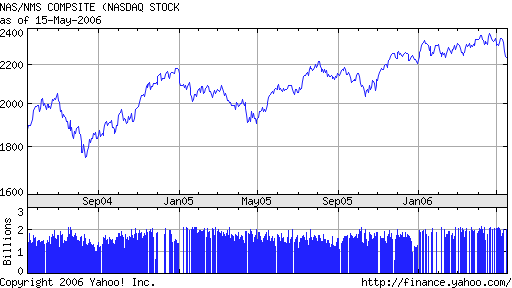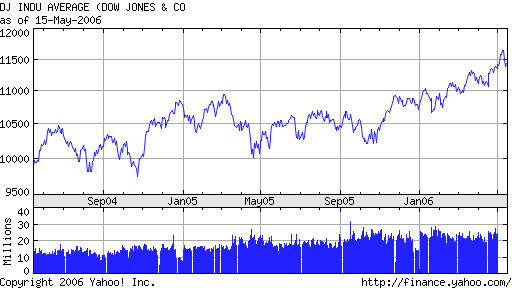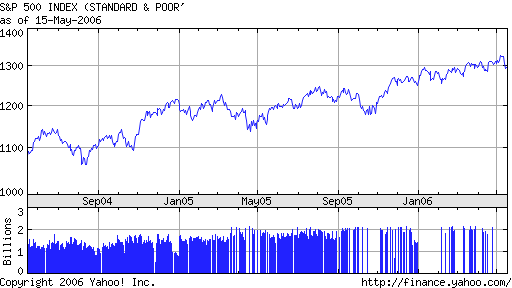How I Started Trading – Part 1
How I got started in Stock Trading.
My adventures in stock trading all started one day when the Trading Bug bit me. Just kidding.
Since I was a kid, I have always wanted to start and run my own business. I wanted to become a successful entrepreneur. I consider myself creative and inventive, which is likely a result of my obsessive love of Lego’s growing up. I have always had a passion for creating ideas in my head, then building them up myself, whether it be playing with Lego’s or building my knowledge with my Trading Winner blog.
My desire to become a profitable investor started in high school. In my junior year I was given a choice of classes I would like to take. I chose economics. I didn’t know much about economics, finance, or business going in to the class, but thanks to a great econ teacher, Mrs. Pride, I quickly learned the basic elements, ideas, and strategies used in business. I knew I should pay close attention and keep a keep a mental notebook of all the things I learned in economics class. I was motivated not only by my own desire, but also by the powerful, yet relaxed, style Mrs. Pride used to convey her own knowledge.
Mrs. Pride would always have a weekly or monthly project for our class. One project was to build and manage a virtual stock market portfolio. The winning team was given a price, a pizza party. I love pizza so I wanted to be the winner. Unfortunately, my team and I did not win. But, I gained valuable experience and the potential success one could gain in the stock market sparked my interest.
Another project she gave us involved stock market research, or Due Diligence. Mrs. Pride assigned us a publicly traded company and our goal was to produce a written and oral report about everything we could research about our company. My company was Apple Computer (NASDAQ: AAPL). She had us write and mail a letter our company’s public relations office and ask them to send us a copy of the annual report. We also had to find out everything else we possibly could. We had to analyze the report, do our research, and then present our company to our class. This project helped me to learn the fundamentals of researching stocks and companies. At the end of the class, I knew the basics ideas used in analysis, research, and investing. Most importantly, my interest in the stock market had sparked and ignited.
In college, I continued my pursuit of business and financial knowledge. I had a long and deep love for computers, in addition to my interest in business and finances. Half of my classes were dedicated business (which I use as an umbrella term for finance, economics, accounting, investing, entrepreneurial studies, etc.), and the other half of my classes I used to develop a stronger foundation in computer science.
I took many business oriented classes in college, in order to learn as much as I possibly could. One saying I love is “knowledge is power”, which I strongly believe to be true. The classes I took, and tried to master, were: economics, finance, accounting, marketing, sociology, psychology, mathematics, statistics, and general business studies. I have taken numerous classes on each subject, learning as much as I could in order to master the topic. I wouldn’t call myself an expert in any of those fields, but I probably know more than the average person.
In addition to classes I have taken, I have also read numerous books, articles, and magazines relating to business, investing, trading, or general finance. There are too many great books to mention, but I’ll name a few of my favorites: The Intelligent Investor by Benjamin Graham, which covers investment principles and value investing; The Art of War by Sun Tzu, which has helped me plan, strategize, and execute my ideas; and Rich Dad, Poor Dad by Robert Kiyosake, which I strongly recommend everyone read and learn. These books, among many others, have inspired me not only to learn, but to develop and apply myself to becoming successful and reach my personal goals.
How I Started Trading – Part 2 coming soon.


